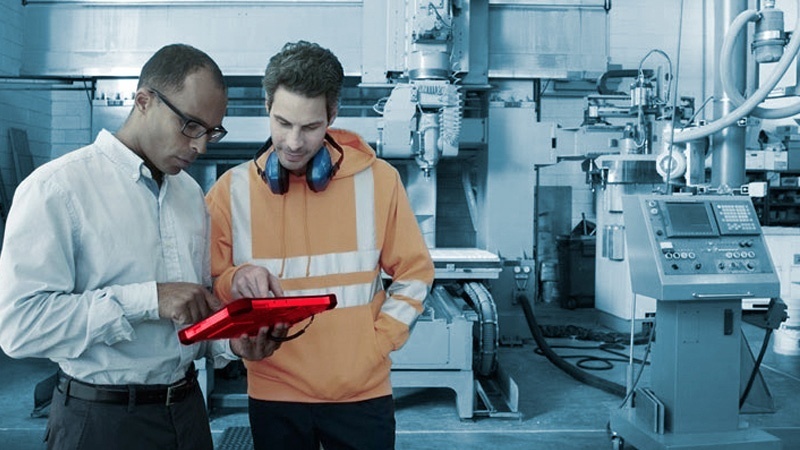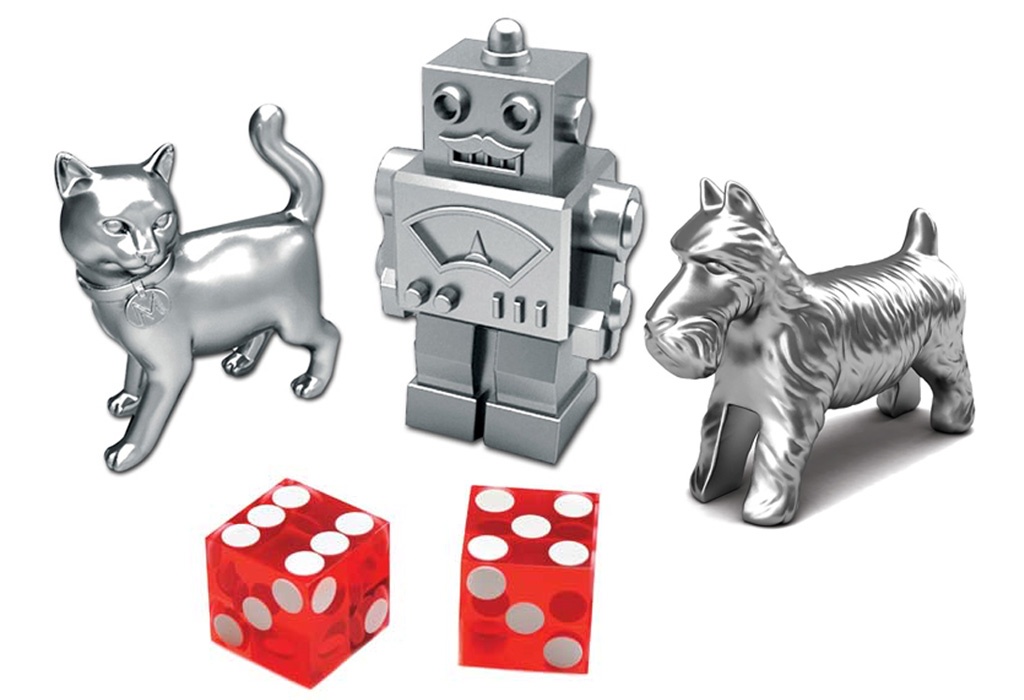Detroit’s fabulous Fox Theater is a lot of things – beautiful, historic, a legendary local landmark. One thing it generally isn’t: Designed to be high-tech.
When the Fox was built in the 1920s, light bulbs and black and white film were considered “high technology.” Things have moved on just a bit since then. And when TEDx packs the place with a couple thousand connected, tech-savvy, future-oriented people for its annual gathering, there are two thousand people with high expectations when it comes to staying connected.
TEDx is Red Level’s type of event. You’d be hard pressed to find another gathering of people who are this technology-focused. They are definitely our kind of folks. And since it was our responsibility to make sure they kept seamless access to their Twitter feeds and social media accounts throughout TEDx’s day of speeches and presentations, we weren’t about to let them down.
The Fox is not exactly the perfect place for wi-fi: Thick walls, lots of curves, lots of isolated areas. This was going to take some planning and careful design. A month before the event, our team took a site survey and began mapping out our strategy for making sure everybody at TEDx stayed solidly online. We started by choosing the right gear and project partners. We opted for Aerohive wireless access points, a Dell Sonicwall firewall, and a 100 meg connection courtesy of 123Net. And then we got to work.
The 123Net cable was fed into the Fox’s basement. Upstairs, we placed 11 Aerohive access points throughout the Fox’s auditorium, balcony and lobby areas – a process made a bit more difficult since we wanted to avoid any damage to the beautifully restored wood and plaster work. We threaded cables through floor vents into the basement. Over four days, five Red Level engineers managed to get everything in place, powered up, and thoroughly tested. At the same time, we deployed a 50 meg connection and a Sonicwall with built-in wireless across the street at Hockeytown Café, an official TEDx rendezvous.
And then it was showtime. The TEDx audience streamed in, all armed with smartphones, laptops, and tablets, many of them actually working from their auditorium seats as they listened to the presentations. Others funneled play-by-play comments into their Twitter feeds, posted to Facebook and LinkedIn, or sent photos or video snippets to friends. And trust me: When it came to staying connected, the TEDx crowd was serious.
At its peak, the 11 Aerohive routers managed to handle nine hundred simultaneous users. Nine hundred people streaming video, texting, Snapchatting, emailing, and just about anything else their devices would let them do. And best of all: They really could do it. Our planning and hard work had paid off. The Aerohives only hit 60% of their capacity at peak, the Sonicwall easily managed the workload, and 123Net’s massive pipe only occasionally felt the strain. Throughout the process, Olympia Entertainment personnel and representatives from Dell, 123Net and Aerohive helped to make all the moving parts work nicely together.
As always with an unconventional deployment such as this, there are opportunities to learn so as to do the job better next time. Experience has taught us that maybe we need to bring in a 200 or 300 meg pipe next time – and just maybe some judicious content filtering would be in order as well: TEDx really just isn’t the right place to try to access P2P file sharing sites, and there’s plenty to watch without needing to download or stream entire movies. The 2016 TEDx will be here before you know it, and we’ll be there again to keep everyone sufficiently “wired” – and we can say with confidence that this year’s user experience will be even better.
For more information about gaining a competitive advantage with digital transformation, contact Red Level today.
Related Posts
Data breaches are becoming alarmingly common. The recent "Mother of ...
What you do on autopilot can hurt you – especially ...
Looking for a leg up on your competitors? Making sure ...




